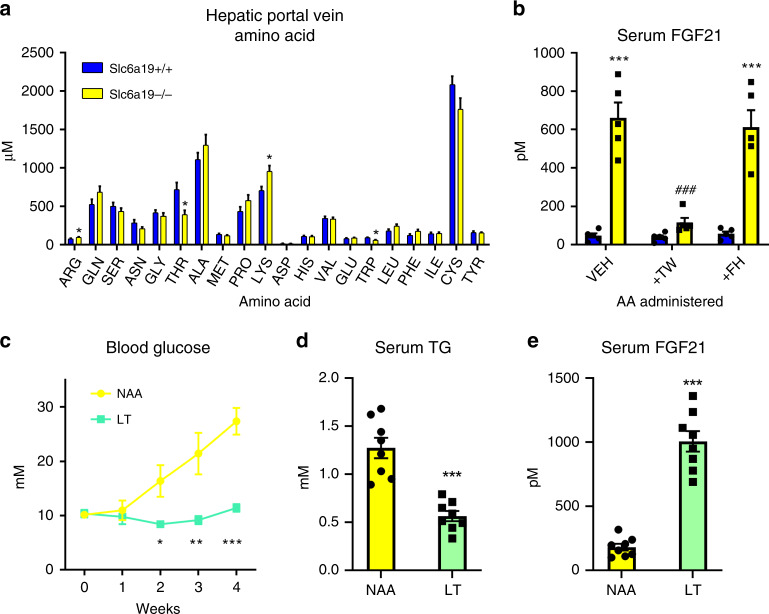Fig. 5. Threonine restriction is a common feature of other models of systemic AA restriction and retards obesity-induced metabolic dysfunction in mice.
a Hepatic portal vein serum amino acid (AA) concentrations in Slc6a19 knockout (−/−) or wildtype (+/+) littermate mice in the refed state on a standard control diet. Data are mean and SEM; n = 5 individual mice per group group. Data were analysed by a Student’s t-test. Different than +/+: *P < 0.05. b Plasma FGF21 levels from Slc6a19 knockout (−/−) or wildtype (+/+) littermate mice in the refed state following intraperitoneal administration of the amino acids threonine and tryptophan (TW), phenylalanine and histidine (FH), or vehicle (VEH: saline solution) on a standard control diet. Data are mean and SEM; n = 5 individual mice per group. Data were analysed by a two-way repeated measures ANOVA. Different than +/+: *P < 0.05, **P < 0.01, ***P < 0.001. Different than VEH: #P < 0.05, ##P < 0.01, ###P < 0.001. c Blood glucose levels during a 4-week treatment of New Zealand Obese mice fed diets containing 18% from amino acids (normal amino acid; NAA) or a diet low in threonine but with matching total AA to NAA (LT). Data are mean and SEM; n = 8 individual mice per group. Data were analysed by one-way repeated measures ANOVA. Different than NAA: *P < 0.05, **P < 0.01, ***P < 0.001. d Serum triglyceride (TG) levels at the end of mice at the end of treatment as in (c). Data were analysed by a Student’s t-test. Different than NAA: *P < 0.05, **P < 0.01, ***P < 0.001. e Serum fibroblast growth factor 21 (FGF21) levels of mice at the end of treatment as in (c).

